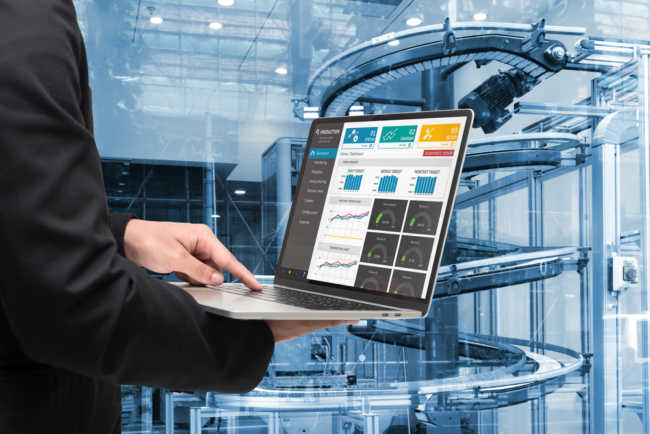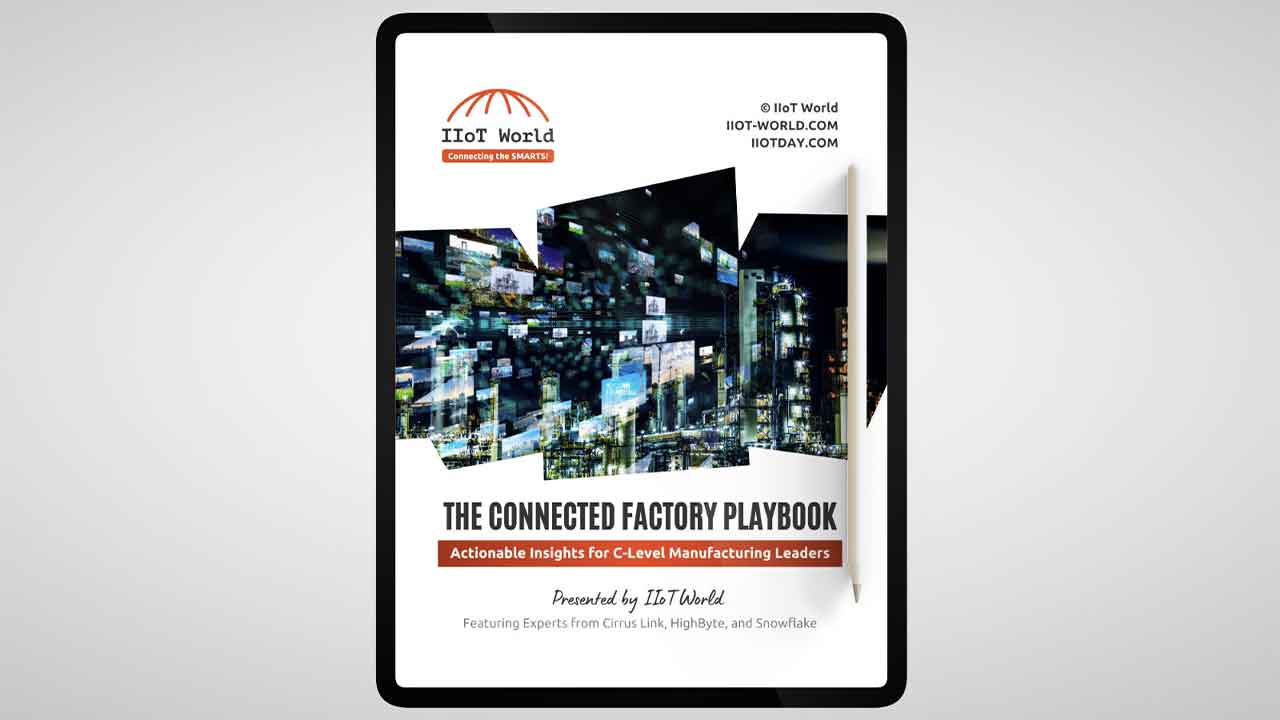10 Myths Surrounding Predictive Maintenance
When managing the maintenance practices for a facility it’s important to understand the different approaches and the benefits of each. At the core, maintenance styles can be classified into a few different categories. Some of the most common approaches include reactive maintenance and preventative maintenance. You may already be familiar with those or even practicing them yourself, but there are more efficient styles quickly gaining traction.
Enter predictive maintenance
Predictive maintenance (PdM) is defined as maintenance practices designed to help determine the condition of in-service equipment in order to predict when maintenance should be performed rather than on a preset schedule (preventative). Successful Predictive Maintenance programs do a great job at increasing uptime, reducing operating/repair costs, and effectively eliminating surprise breakdowns among other things. However, there are some unwarranted myths surrounding this maintenance style. Here are the top 10:
1. It’s expensive
Sure, historically it may have been expensive. Traditional tablets often had a high initial cost, and an even higher ongoing cost for individual analyses or extra staffing. Newer companies have been shaking up the traditional model as of late though. Additionally, when you factor in actual maintenance costs associated with different maintenance program styles, PdM clocks in at $9/hp/year versus $13/hp/year for preventative and $16/hp/year for reactive!
2. It’s hard to implement
If you’ve ever managed a facilities maintenance team, I’m sure you’ve run into a situation where a solution might be a great fit on the surface, but successfully implementing it can be extremely difficult. Training your staff to use some of the more traditional vibration data collection tools can definitely make it a struggle to implement a successful Predictive Maintenance program. Luckily, things are changing quickly. From intuitive smartphone enabled devices to plug-and-play wireless continuous monitoring systems, it’s never been easier for any level of engineer/technician to effectively collect vibration data. This ease of use enables successful ground-level adoption of an in-house Predictive Maintenance program.
3. You need to be an expert to make sense of the data
With older or even some of the newer, more user-dependent tablets this may have been true. Traditional solutions often require a high level of expertise in order for the user to make sense of raw data. For many facilities, that raw data is simply a means to an end — What is wrong with my machine, why did it happen, and how can I fix it? There are companies working on innovative solutions that don’t require you to be an expert by any sense of the word. These solutions utilize machine learning and automated diagnostics in order to provide users with actionable insights into their equipment, rather than expert-reliant raw data.
4. Our equipment isn’t important enough to implement something like that
All equipment serves a function. It’s on for a reason, right? It’s true that some pieces of equipment are less expensive than others, and even less important than others. However, a fact that remains is there will likely be an issue at some point during that piece of equipment’s lifecycle. While traditional solutions may have led you to believe it’s cost prohibitive to apply such PdM techniques to inexpensive equipment, more cost-effective solutions are changing that. As it continues to become more financially viable, more and more HVAC maintenance programs will enjoy the benefits.
5. My equipment is new and under warranty, so there’s no point
You’ll have this equipment for 20+ years in some cases. It’s in your best interest to keep it at peak efficiency from the start. Even new equipment can have slight bearing wear or minor misalignment that will cause the machine to work that much harder, with added energy consumption costing you more in the long run. Additionally, having real-time insights into your machine health allows you to ensure issues are taken care of during this warranty period in many cases.
6. Preventative Maintenance is easier than Predictive Maintenance
Having to do emergency repairs and unnecessary work based on run-times or schedules doesn’t seem too easy to me. Having a clear understanding of the health of your machine, allowing you to schedule work well in advance and only when it actually needs to be done, seems easier. And as I mentioned, newer technologies have made the process easier than ever.
7. The technology isn’t reliable enough
I know, I know. I bet you know a guy who knows what’s wrong with a pump just by touching it with a screwdriver. The fact is vibration and ultrasonic analysis is a proven science. We put a man on the moon 47 years ago. It’s 2017. The Internet of Things for HVAC has arrived.
Electronic sensors are magnitudes more sensitive than the human body. Your guy may have discovered that problem, but wouldn’t you have rather known weeks or even months earlier and had actual data to back up the claim?
8. Doing it once a year is fine
I hear it all the time- “I do a benchmark test once a year- I’m doing predictive maintenance”. I wouldn’t exactly say that’s true. In order to fully embrace Predictive Maintenance and receive the benefits of it you need to analyze consistently. You’re in the business of sporadic data collection with once a year benchmarking. You can’t expect to be able to make strategic decisions concerning your machines and overall operation from one data set per year.
9. I collect vibration data and file it. I already practice Predictive Maintenance
You can take as many readings as you want, as often as you want. If you don’t have a system in place that makes it easy to understand the health of your entire facility at a glance and the ability to take action on these findings, you’re not gaining the full benefits of PdM. With web-based, dashboard style solutions out there, it’s never been easier to have a clear day-to-day understanding of your mechanical assets.
10. I have redundancy, why bother?
It’s great that you have built in redundancy. That is a tell-tale sign of a well thought out mechanical design. However, if you break it down a bit more, optimizing your maintenance practices goes beyond simply ensuring you don’t need to call that backup into service. If you look at the cost savings associated with predictive maintenance vs other maintenance styles, it’s clear — you can expect maintenance cost reductions up to 30% vs a reactive maintenance program and 12% vs a preventative program. Commercial facilities can save approximately $1 per square foot annually by implementing predictive maintenance. For industrial, it could be even more.More about 7 Business Reasons to Develop a Predictive Maintenance Program
Arm your staff with tools and techniques that will become the norm very shortly. Whether it’s with a continuous monitoring solution or an intuitive mobile device, it’s never been easier and more accessible to effortlessly receive actionable intelligence on your machines. The Industrial IoT and big data enabled analytics will be making your job easier and more efficient. Embrace it.
This article was written by Brian Charles, Account Executive at Augury. Brian has spent his career in mechanical rooms across a number of industries and is an expert in how to implement PdM into your everyday maintenance practices. First the article was published here.



